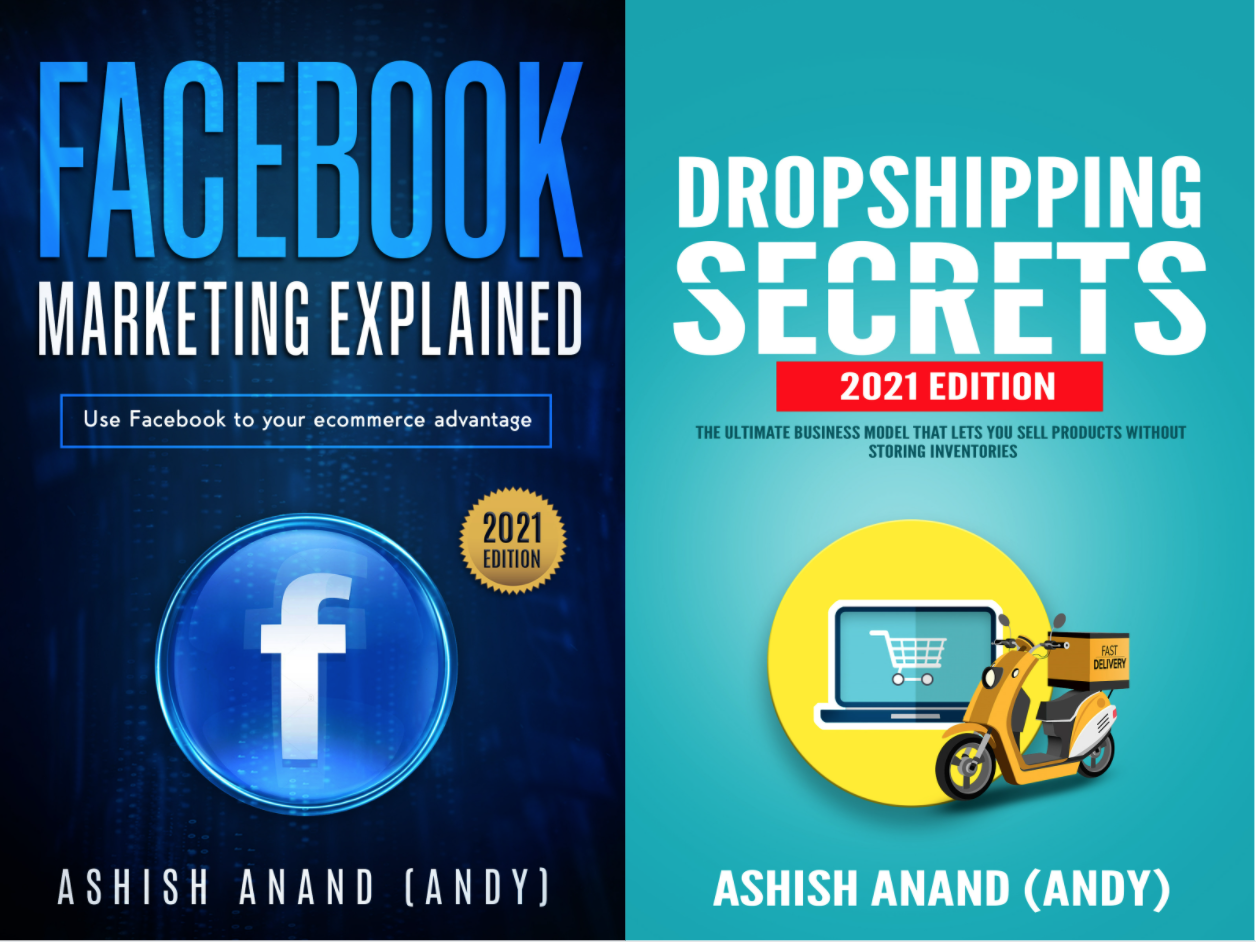Obstacles in Tracking Social Media for Intellectual Property Theft
As social media platforms continue to become more prevalent, they have become a breeding ground for media distribution, inventiveness, and self-expression. However, this rapid dissemination of content also brings major issues, particularly in the realm of protection of creative works. Observing social media for unauthorized use of content has become a difficult and challenging task for creatives, companies, and rights holders. This article explores the central difficulties associated with this issue.
1. Overwhelming Information
Social media platforms generate an massive quantity of content every second. With an immense user base uploading photos, videos, music, and articles, it is nearly impossible to manually monitor every media file for potential copyright violations. The overwhelming extent of the task requires automated systems, which are not always foolproof and can miss complex breaches.
2. Content Created by Users
A substantial amount of social media content is amateur-made, meaning it is produced and distributed by people rather than commercial entities. This makes it difficult to identify the creator of the content and ascertain if it has been used with proper authorization. Users often share again, alter, or change content without understanding intellectual property regulations, leading to unintentional misuse.
3. Lack of Standardized Metadata
Unlike established media, social media content often lacks standardized metadata, such as rights data, source attribution, or licensing details. This makes it challenging to verify the authorized owner of the content and check whether its use is authorized. Without specific meta information, automated detection systems struggle to identify violations accurately.
4. Cross-Platform Sharing
Content shared on one platform can easily disseminate to others, making it difficult to trace and execute copyright across various platforms. A video posted on a popular video site, for example, can be extracted, altered, and reposted on a photo-sharing app, a social media app, or a microblogging site. This cross-network sharing adds complexity to the monitoring process, as creators must supervise diverse channels simultaneously.
5. Fair Use and Ambiguities
Copyright rules often allow for permissible use, which allows limited use of creative works without consent for purposes such as criticism, commentary, or spoof. However, establishing what qualifies as permissible use can be subjective and dependent on the situation. This creates gray areas where it is problematic to definitively identify violations, leading to conflicts and vague legalities.
6. Pseudonymous and False Profiles
Social media platforms are full of anonymous or fake accounts that can be used to disseminate copyrighted material without attribution. These accounts make it difficult to identify and ensure responsibility, as identifying the source of the infringement becomes virtually unmanageable.
7. Worldwide Reach of Social Media
Online platforms operate on a worldwide level, with users from various nations. Legal protections change considerably across regions, making it challenging to apply regulations consistently. A creative work that is protected in one country may not be in another, challenging the supervision process for http://vtik.net/user/RudolphBohner5/ international rights holders.
8. Tech Constraints
While innovations in artificial intelligence and ML have improved creative supervision, these technologies are not without limitations. AI systems may struggle to spot subtle infringements, such as modified versions. Additionally, incorrect identifications can occur, tagging authorized content as violations and creating needless conflicts.
9. Resource Limitations
Tracking social media for copyright violations requires considerable effort, including effort, financial resources, and skills. Individual producers and organizations may be without the resources to set up extensive tracking tools, leaving them more vulnerable to infringement. Major corporations, while more resourced, still face challenges in boosting their resources to match the scale of content on social media.
Conclusion
The obstacles of monitoring social media for unauthorized use of content are varied and progressing. Tackling these issues requires a combination of tech advancements, legal guidelines, and user understanding. Social networks, artists, and intellectual property holders must join forces to develop efficient methods that integrate content sharing with copyright enforcement. While the road ahead is complex, developing answers is essential to fostering a just and imaginative digital environment.

